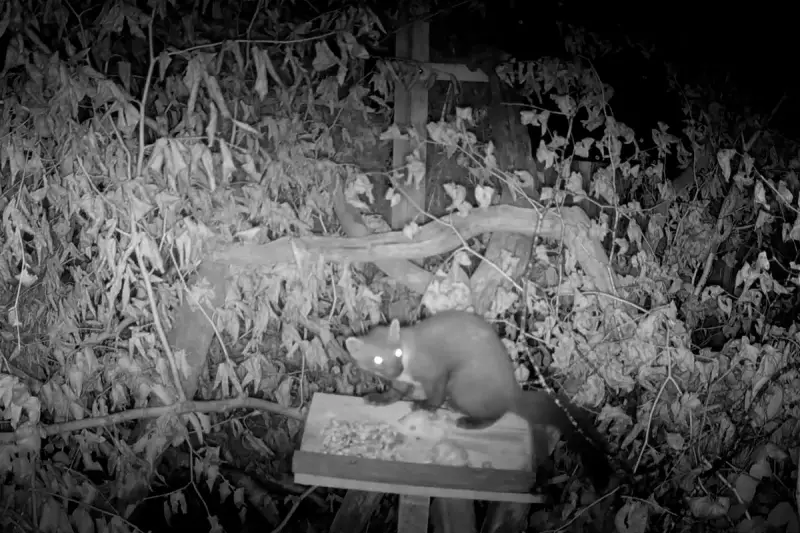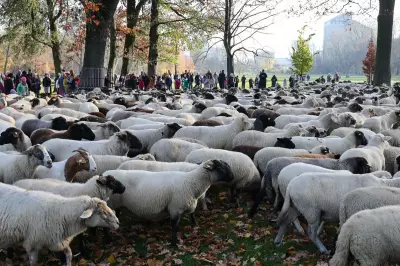
In an extraordinary wildlife restoration project that's capturing national attention, eighteen pine martens have been given a new home in the ancient woodlands of Exmoor, ending their 150-year absence from this picturesque landscape.
A Conservation Milestone for Somerset
The groundbreaking reintroduction programme, spearheaded by the pioneering Two Moors Threatened Predator Project, represents one of the most significant species recovery initiatives in recent British conservation history. These charismatic creatures, known for their sleek chestnut-brown fur and distinctive creamy-yellow throat patches, were once widespread throughout the UK before habitat loss and persecution drove them to near-extinction in England.
Careful Preparation Meets Scientific Precision
Before their release, each pine marten underwent an extensive settling-in period within specially designed enclosures nestled within the heart of Exmoor's forests. This crucial acclimatisation phase allowed the animals to familiarise themselves with their new surroundings while being closely monitored by conservation experts.
"This isn't just about returning a missing species," explained Dr Catherine Scott, the project's lead ecologist. "We're restoring a vital piece of our ecosystem. Pine martens play a crucial role in maintaining woodland health and even help control grey squirrel populations."
High-Tech Monitoring for Future Success
Each released marten has been fitted with a sophisticated satellite tracking collar, enabling researchers to:
- Monitor their movement patterns across the moorland
- Identify preferred habitats and denning sites
- Track their adaptation progress in real-time
- Gather crucial data for future conservation efforts
The National Trust, Forestry England, and Exmoor National Park Authority have united in support of this ambitious project, recognising the pine marten's importance as a keystone species whose presence benefits the entire woodland ecosystem.
A Hopeful Future for UK Wildlife
This successful reintroduction follows similar conservation triumphs in Wales and the Forest of Dean, demonstrating a growing national commitment to restoring Britain's native wildlife. The Exmoor population represents a vital step toward creating connected populations across South West England.
Local communities and visitors alike are being encouraged to report any sightings, though the elusive nature of these mostly nocturnal mammals means encounters will likely remain rare and special occasions.
As these eighteen pioneers explore their new woodland home, they carry with them the hopes of conservationists and wildlife enthusiasts across the nation, signalling a new chapter for wildlife restoration in the British countryside.





